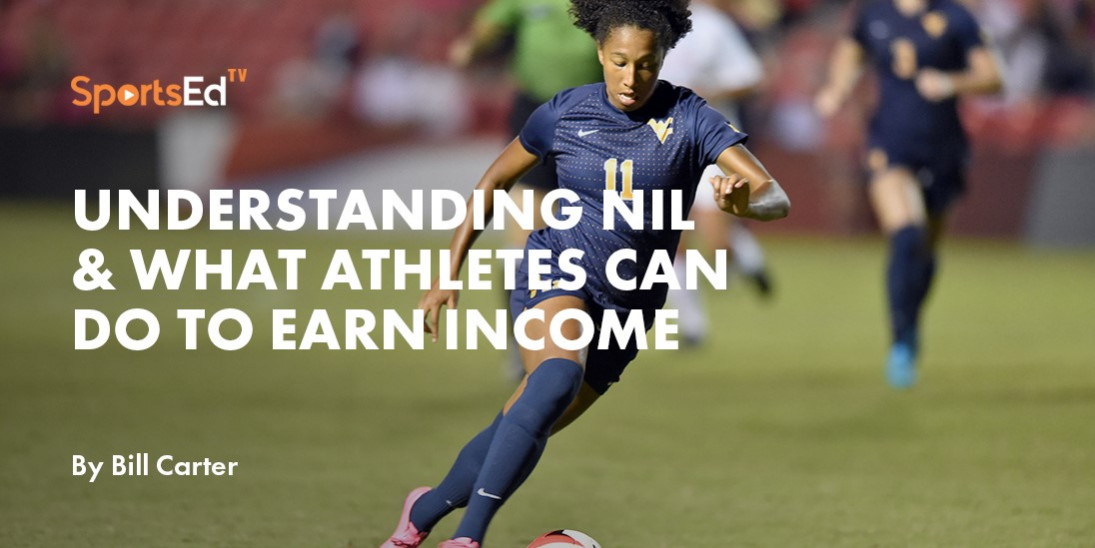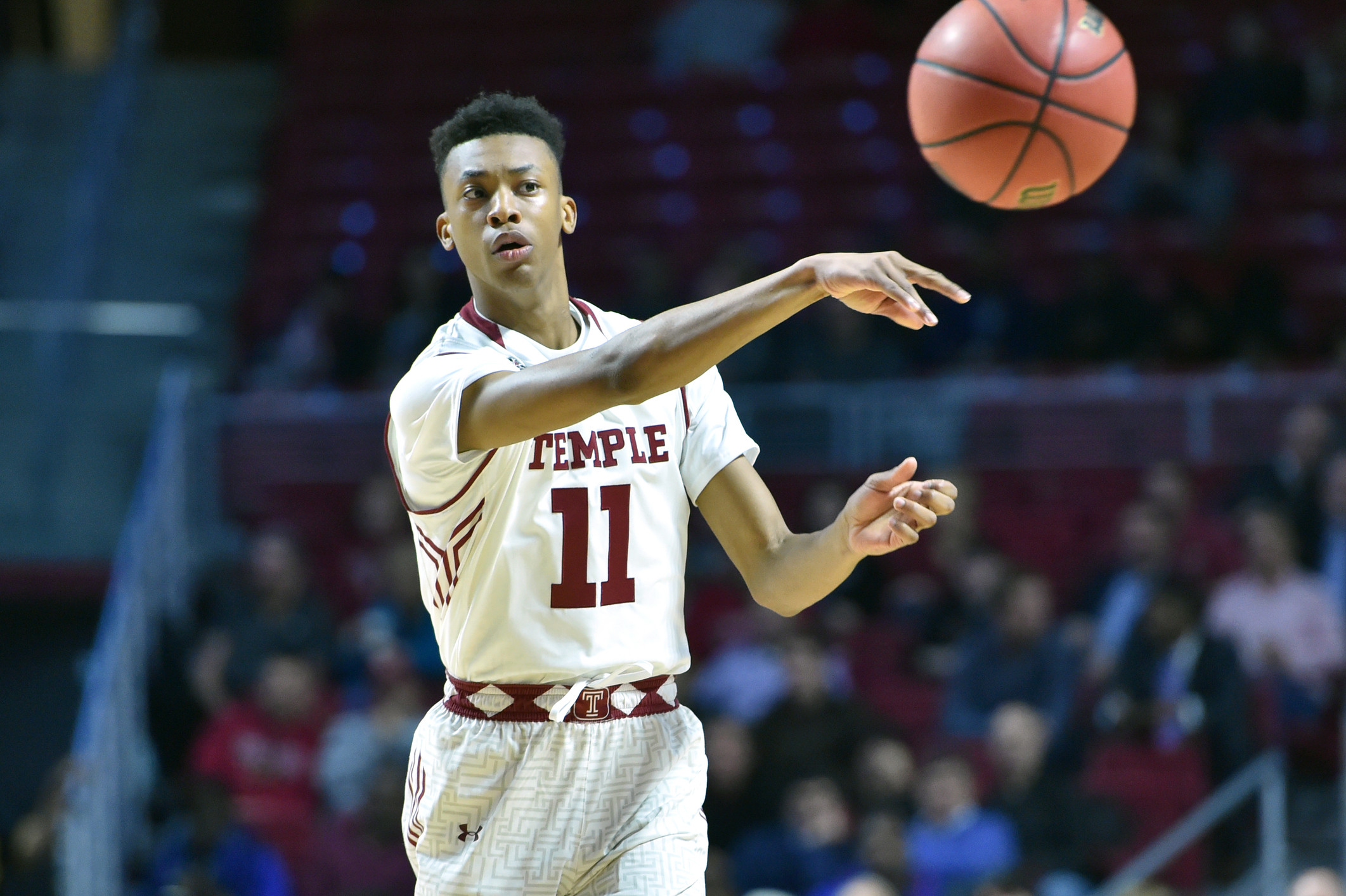NIL
Welcome and thanks for visiting...

What is NIL? What Athletes Can Do to Earn Income

The Proper Definition of NIL
No doubt that you’ve read, seen, and heard about “NIL.” It’s the sports industry's most important story of the last year – and the most important change to college sports (and now High School sports) since Title IX. To recap, back on June 30, 2021, the NCAA approved what it calls the “interim NIL policy.” In practice, NIL means that all 500,000+ college student-athletes and High School athletes in about 20 states - for the first time - can earn income from their name, image, and likeness.
However, despite the fact that a year and a half has passed, NIL remains widely misunderstood by parents, athletes, coaches, and athletic administrators. According to our own Student-Athlete Insights NIL Research Poll, about three-quarters of high school and college athletes cannot accurately define NIL. Most incorrectly believe it to be exclusively about the endorsements that they see pro athletes get.
I don’t blame student-athletes or any other cohorts for not understanding the breadth of NIL. About 90% of all media coverage is on NIL deals in Power 5 football and basketball. Those deals often resemble endorsements of pro sports. But NIL is much bigger and broader than that narrow endorsement-centric definition.
Meaning of NIL
The true definition of NIL is student-athletes' right to publicity. And with that right, they can earn income by participating in certain “NIL activities,” which I’ll detail in a moment. The words Name, Image, and Likeness can be more clearly defined this way:
- Name means the words by which a student-athlete is distinguished from other people.
- Image means a photograph, drawing, or painting of a student-athlete.
- Likeness means a sketch, diagram, or other representation of a student-athlete.
NIL Activities
The Importance of Social Media
In addition to the proper definition of NIL, it’s important to understand what’s meant by the phrase “NIL Activities.” NIL Activities is the term used throughout this emerging industry. It refers to any endeavor in which a student athlete’s name, image, or likeness is used for promotional purposes - either for a for-profit business or brand or to promote a nonprofit. The main NIL activities include:
- Social media
- Personal appearances
- Instruction
- Athlete-owned brands
- Product Endorsements
- Group licensing
 According to my recent study, Social Media accounts for 72% of NIL activity and is by far the most common NIL activity by college student-athletes. We don’t have High School NIL data yet to analyze, but there is little reason to believe that the activities of high school athletes will be substantially different than college athletes.
According to my recent study, Social Media accounts for 72% of NIL activity and is by far the most common NIL activity by college student-athletes. We don’t have High School NIL data yet to analyze, but there is little reason to believe that the activities of high school athletes will be substantially different than college athletes.
The main type of NIL social media activity within the category is acting as a social media influencer, where a student-athlete is paid to post content to their social media accounts, mainly on TikTok and Instagram. Simultaneously, that student-athlete is likely to be featured on the social media channels of the brand that is sponsoring her or him.
However, being a social media influencer is not the only kind of NIL social media. There are at least two other kinds. One is social media, which is used to promote and sell the student-athletes own branded merchandise. The other is leveraging social media sites - like Cameo – where student-athletes can sell personalized video content directly to fans.
While social media is by far the most popular NIL activity, it's also the activity responsible for the most infractions or opportunities for mistakes. It’s not the NCAA, state high school associations, or even state laws that regulate social media influencers. All social media influencers are bound to follow the guidelines of a government agency called the FTC – the Federal Trade Commission. I’ve done numerous studies on NIL social media infractions that you can read about here.
The FTC is responsible for protecting consumers from unethical advertising practices. Per FTC guidelines, high school athletes are expected to:
- Disclose that they have a relationship with the sponsor by thanking them or using terms like “advertisement, ad, or sponsored.”
- Make their disclosure hard to miss, and should not mix their disclosure into a group of hashtags or links.
- And NOT make statements about a sponsor’s product that the sponsor cannot prove.
The Remaining NIL Activities
While Social Media dominates, there are still other NIL activities that have proven to be worthwhile business ventures for student-athletes.

- Instruction includes a student-athlete being paid to coach at a camp, or clinic, or provide private instruction. Instruction can be done live and in-person or through online coaching platforms. Per the graph, Instruction has seen an upward trajectory in the last year and is the fastest-growing NIL activity.
- Personal Appearances or “meet and greets” are when a student-athlete is paid to do interviews, podcasts, or appear at a consumer event. Appearances are usually intended to generate buzz or drive foot traffic to a retail store to increase sales.
- Athlete-owned Brands is a NIL activity where student-athletes use their name, image, and likeness to develop and sell their merchandise, including t-shirts, sweatshirts, or other apparel. Some athletes sell their branded merchandise through their website or social channels, while others use third-party retail sites.
- Endorsements are often referenced in discussions about NIL, but what separates Endorsements from other NIL activities is "athlete activation." Activation means that the brand that is paying the athlete will use the athlete's name, image, and likeness across multiple media, including digital media like websites and social channels, "on-air" or on broadcast media, at live events, and in retail stores if applicable. Endorsements are usually what we see in pro sports.
- Group Licensing is like Endorsements, but instead of a single student-athlete doing a deal with a brand, a group of athletes or even a whole team is sponsored by that brand. In group licensing, a group of athletes pool their marketing rights and license them in exchange for a fee that the participating athletes then share.
Please note that the goal of this post is to educate you about NIL. While all college student-athletes are allowed to pursue NIL activities, not all High School athletes are allowed to do so. High School athletes and their parents/guardians should contact their state’s High School Athletic Association to verify whether they are permitted or prohibited to participate in NIL.
Bill Carter’s Student-Athlete Insights provides NIL Consulting and Education for brands, universities, and sports organizations. He teaches Name, Image, and Likeness in College Sports at the University of Vermont’s Grossman School of Business. Bill is a SportsBusiness Journal Forty Under 40 Award winner and former co-founder of the athlete & event marketing agency Fuse, which he operated for 20+ years before selling in 2019.




